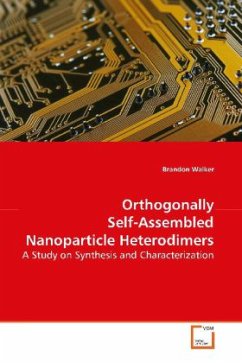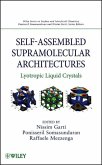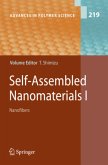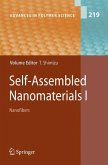As silicon technology is scaled down out of the bulk
regime, quantum effects begin to dominate electronic
behavior. Because of this, molecular electronics is
becoming an increasingly important area of research.
Several challenges need to be overcome before
molecular electronics can be a viable replacement for
silicon components. A major challenge is establishing
a method for insertion of these devices intopatterned circuits. Orthogonal self-assembly is a
technique that would allow for precise placement of a
molecule of interest into a circuit. This technique
utilizes the preference of one adsorbant to bind to a
specific substrate over another. Thus, a molecule
that contains terminal groups with different
functionalities can only be inserted in one
particular orientation. This work details the
synthesis and characterization of novel bifunctional
linear linker molecules that were used to bind gold
and platinum nanoparticles using orthogonal
self-assembly. These heterodimers were created as a
model for the possibility of using similar bimetallic
structures as molecular electronic components.
regime, quantum effects begin to dominate electronic
behavior. Because of this, molecular electronics is
becoming an increasingly important area of research.
Several challenges need to be overcome before
molecular electronics can be a viable replacement for
silicon components. A major challenge is establishing
a method for insertion of these devices intopatterned circuits. Orthogonal self-assembly is a
technique that would allow for precise placement of a
molecule of interest into a circuit. This technique
utilizes the preference of one adsorbant to bind to a
specific substrate over another. Thus, a molecule
that contains terminal groups with different
functionalities can only be inserted in one
particular orientation. This work details the
synthesis and characterization of novel bifunctional
linear linker molecules that were used to bind gold
and platinum nanoparticles using orthogonal
self-assembly. These heterodimers were created as a
model for the possibility of using similar bimetallic
structures as molecular electronic components.








